Características del Producto
| Peso | 105 kg |
|---|---|
| Dimensiones | 230 × 96 × 36 cm |
| Potencia del Motor | 1HP-2.5HP (Caballos de fuerza) |
| Pegable | SI |
| Peso Máximo de Usuario | 160 Kg |
| Velocidad Máxima | 20Km |
| Inclinación | 0 – 15% |
$7.078.448 Original price was: $7.078.448.$5.662.758Current price is: $5.662.758. IVA
| Peso | 105 kg |
|---|---|
| Dimensiones | 230 × 96 × 36 cm |
| Potencia del Motor | 1HP-2.5HP (Caballos de fuerza) |
| Pegable | SI |
| Peso Máximo de Usuario | 160 Kg |
| Velocidad Máxima | 20Km |
| Inclinación | 0 – 15% |
*SE REQUIERE ENSAMBLE
La transportadora dejó la caminadora en el parqueadero, vivo en piso 14 y la caminadora no cabe por el ascensor, no he podido usarla, creo que la transportadora o si bien ustedes como empresa deben asegurar que el producto quede listo para el uso
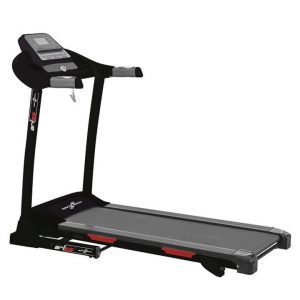
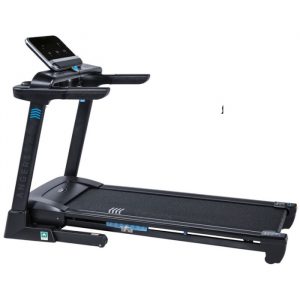
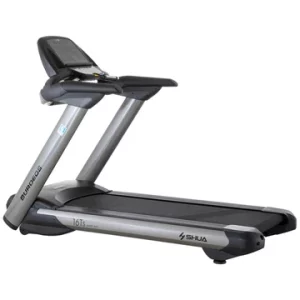
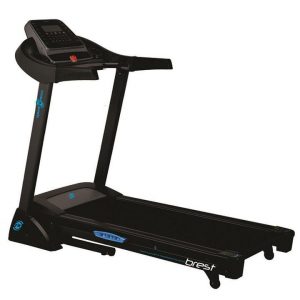
Debes acceder para publicar una reseña.


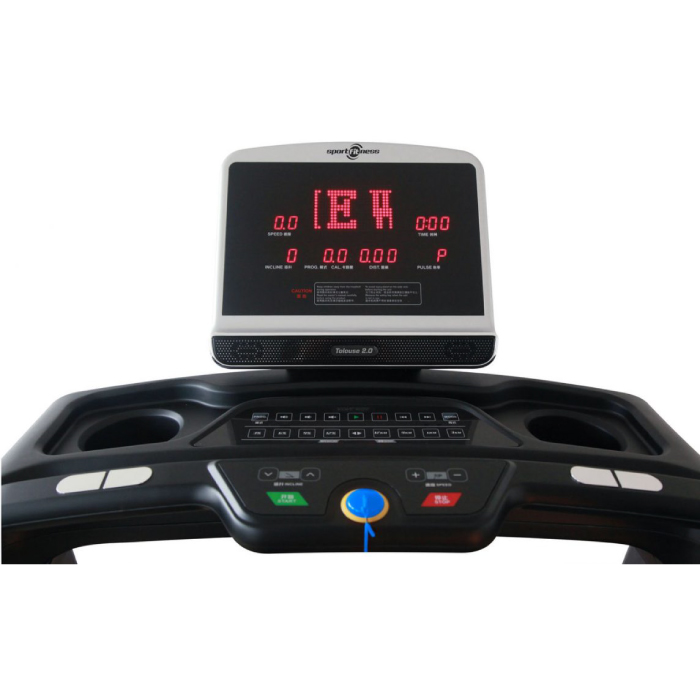
Calificación
No hay Calificación aún.